#baroque era
Photo

Robe a l’Anglaise
Dress c.1748; Altered c.1780
Fashion Museum Bath via Twitter
#robe a l'anglaise#fashion history#historical fashion#1740s#1780s#georgian fashion#georgian era#rococo era#baroque era#18th century#brown#floral#flower print#silk#fashion museum bath#popular
3K notes
·
View notes
Text
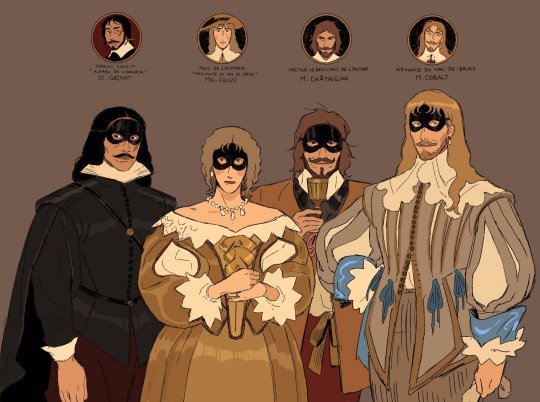

Musketeer TTRPG characters & NPCs ! Our last couple of sessions was the classic inflitration of a high society party, a mysterious soirée with colour code names and weird drugs
#ttrpg#17th century#baroque era#none of us is actually a musketeer in this lol#my character is a lackey and we've a doctor a socialite and a dragoon#Noblesse Oblige#Marius Cousin#some of u might remember him as the Clay Pipe Guy#here dressed up as a spanish nobleman for the needs of the infiltration operation
1K notes
·
View notes
Text

Baroque Obama
3 notes
·
View notes
Photo
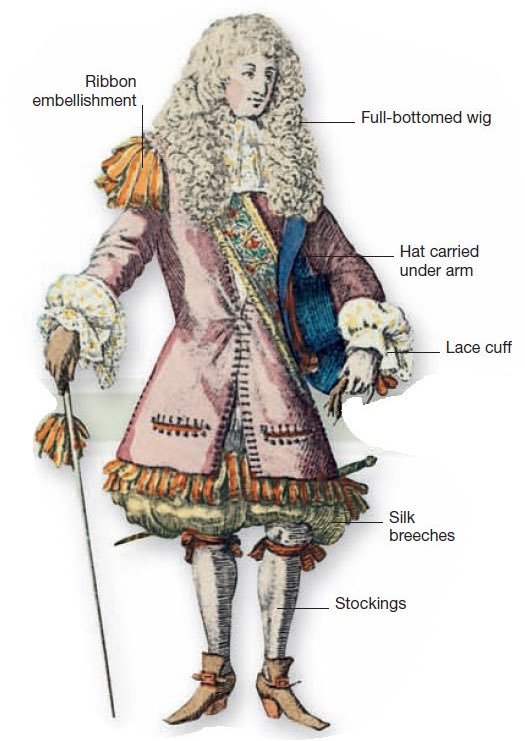
55 notes
·
View notes
Text



Baroque theater, Royal Palace, Gödöllő, Hungary
3 notes
·
View notes
Text

Johann Sebastian Bach's (31 March [O.S. 21 March] 1685 – 28 July 1750) handwritten personal copy of his Mass in B minor held by the Berlin State Library and added to UNESCO's Memory of the World Register.
The Mass in B minor (completed in 1749) is widely regarded as one of the supreme achievements of classical music.
Source: Historic Vids / X
youtube
Bach: Mass in B minor - Kyrie I - Herreweghe
#Johann Sebastian Bach#Mass in B minor#Berlin State Library#UNESCO's Memory of the World Register#UNESCO#classical music#Youtube#Baroque period#Baroque style#Baroque era#composer#western classical music
5 notes
·
View notes
Text
5 notes
·
View notes
Text

Sir Peter Paul Rubens | Baroque Era painter
2 notes
·
View notes
Text
Antonio Vivaldi's Decline & "The Four Seasons" Concerti
A/N: I'm becoming addicted to posting music analyses as of late. I'd rather do anything other than math homework *giggle*. This includes minimal information on Vivaldi's decline and The Four Seasons analysis, with an in-depth analysis on "L’Estate - Summer".
Although Vivaldi’s fame as a composer and musician earlier in his life did not translate into his lasting success, which affected him greatly financially. Shadowed by younger composers and more modern styles, Vivaldi left for Vienna, Austria, possibly trying to find a position in the imperial court. However, he found himself without a prominent patron following the death of Charles VI and was left to die in poverty in Vienna on July 28th, 1741. Vivaldi was buried in a simple grave after a service that proceeded without music.
Antonio Vivaldi was an Italian Baroque composer and virtuoso violinist, and whilst he was incredibly popular and influential during his earlier lifetime, his music fell out of favour after his death and was largely forgotten until the early 20th century. There are countless reasons for Vivaldi’s decline later in his life and after his death. One of the main factors was the change in musical taste of the time. The Baroque style of music that Vivaldi was known for, was replaced by the Classical style, which emphasized clarity and simplicity over the elaborate and complex composition of the Baroque era. Another factor was the decline of Venice, where Vivaldi spent much of his career. Venice was a cultural and economic powerhouse, and its love for the arts was a major factor in Vivialdi’s success. However, by the mid-18th century, Venice had lost most of its wealth, influence, and its cultural significance had diminished. Vivaldi’s music was simply forgotten as time passed. After his death, many of his pieces were lost or destroyed, along with his music not being performed for many years. It wasn't till the early 20th century that musicians and scholars began to rediscover his work and recognize its importance. In today's age, Vivaldi is recognized as one of the most important composers of the Baroque era. His influence can be heard in the works of many other composers, including Beethoven, Bach, and Mozart.
The Four Seasons
One of Antonio Vivaldi’s most renowned pieces, The Four Seasons. The Four Seasons is a set of four violin concertos accompanied by sonnets, in which each represents the seasons of the year. Each concerto is divided into three movements, fast-slow-fast, like ways with the sonnets, each being divided into three stanzas. The concerti include:
La Primavera - Spring: This concerto is laced with features of spring, the sound of birds singing and the gentle breeze of the season. This piece represents the coming of spring and the renewal of nature, it depicts growth and peace. This concerto is more joyful and energetic in its movements.
L’Autunno - Autumn: This concerto depicts the sounds of hunting and the harvest. The second movement represents the cooler air of autumn arriving with the softly arching strings. It is known for its rhythmic and lively movements.
L’Inverno - Winter: This concerto is high-toned, it is to be associated with ice-cold wind, and freezing weather. The representation of the fast movements depicts a natural process so strong it cannot be controlled by man. This concerto is known for its dramatic movements all throughout.
L’Estate - Summer Analysis
L’Estate, also known as “Summer”, is one of the four violin concertos that make up Antonio Vivaldi's “The Four Seasons”. It is a Baroque masterpiece that depicts the season of summer through vibrant melodies and extremely vivid musical imagery.
As stated previously, this concerto is divided into three movements:
Allegro non molto - The first movement is noticed by its fast tempo and aggressive characteristic. It starts with an introduction from the orchestra before the solo violin enters with a series of virtuous chords and trills creating vivid imagery through the music. Throughout this movement the violin switches between quick fiery passages and softer, more lyrical melodies, creating a sense of tension and release all throughout.
Adagio e piano - The second movement is slower, calmer, and tranquil in comparison to the first. The solo violin takes the centre, playing longer, softer cords that show the stillness of a summer evening. The orchestra provides a soft, but quicker, sustained flow of chords that depict the peacefulness of nature.
Presto - The final movement is extremely fast, almost like a race in needs to be finished. The solo violin leads the change in tone, tempo, and dynamics with a series of almost lightning-fast chords, while the orchestra provides a driving, rhythmic pulse. This movement is known for its frequent sudden shifts in tempo, and dynamics, which reflects the true unpredictableness of nature and the violentness of the summer storms.
Vivaldi’s impression of Summer; the intense heat begins to soon be replaced with a cool breeze and singing birds. Although the sudden shifts in tempo and dynamics, as well as the dramatic undertones and minor cords, show that even a cool refreshing breeze could turn into the most violent storm. Summer is an extraordinary example of Vivaldi’s talent and skill in his ability to use his music to create vivid imagery of the real world.
#antonio vivaldi#vivaldi#js bach#classical composers#baroque music#baroque era#mozart#the four seasons#italy#18th century#concerti#concerto#summer#autumn#spring#winter#allegro#presto#adaigo e piano
6 notes
·
View notes
Text

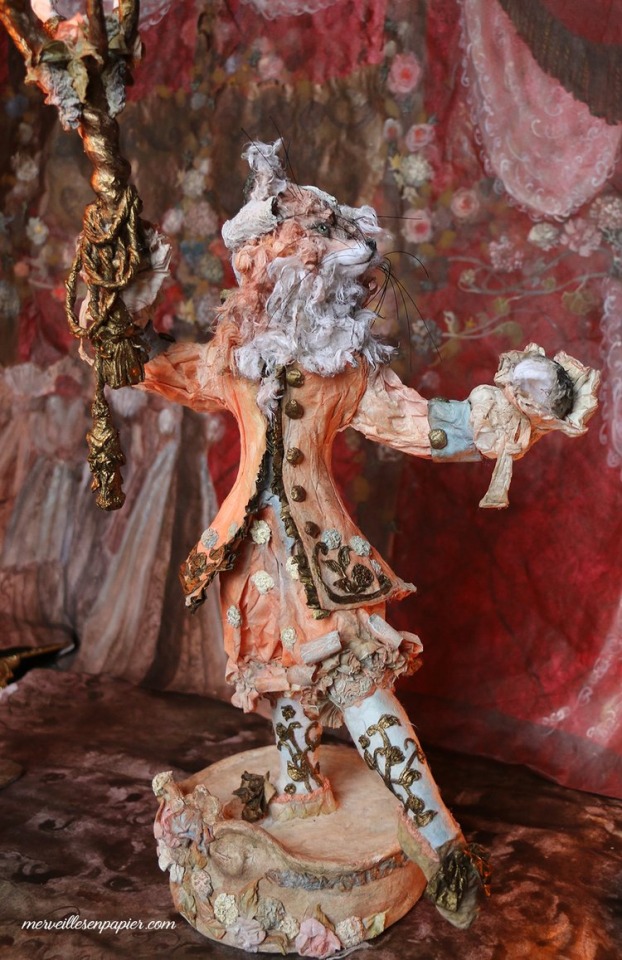
The fox dancer by Laetitia Mieral
#paper sculpture#baroque#fairy tale aesthetic#fairy tale vibes#handmade#sculpture#vintage#aesthetic#opera#furry#baroque era#art#beautiful#fairytale
4 notes
·
View notes
Photo
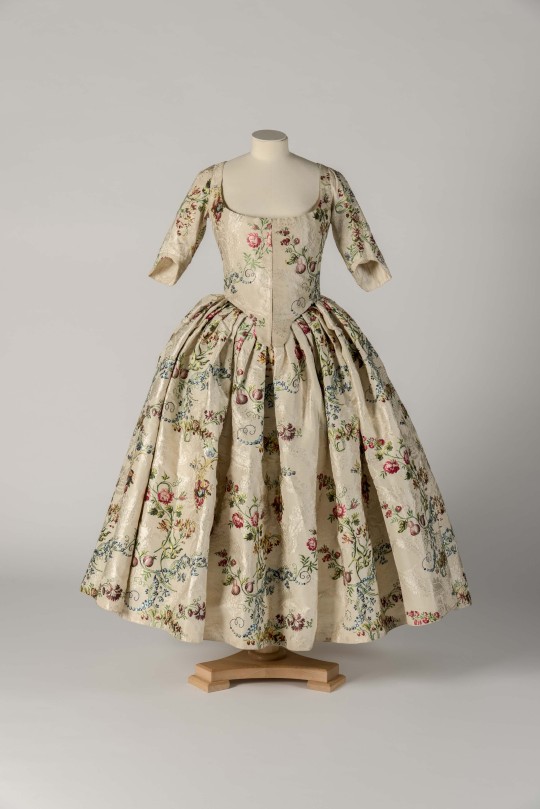
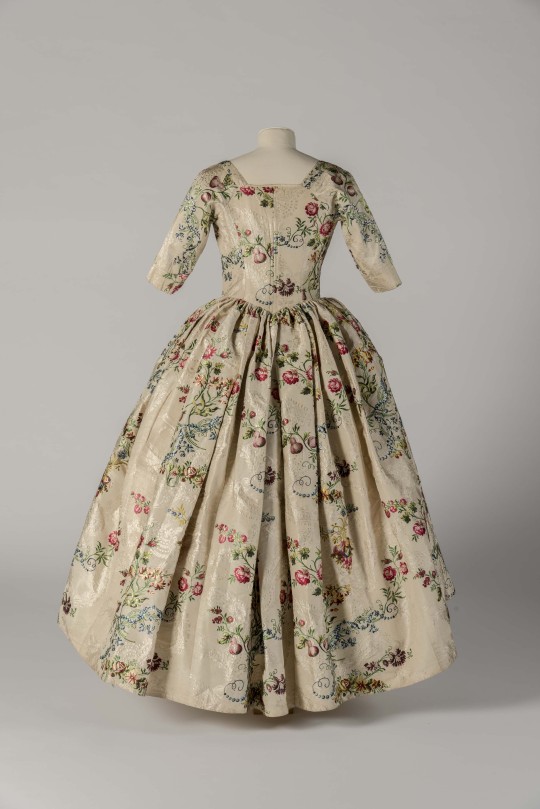
Dress
c.1745; Altered c.1785-1790
Fashion Museum Bath via Twitter
#dress#fashion history#historical fashion#1740s#1780s#1790s#18th century#georgian#baroque era#rococo era#silk#floral#flower print#united kingdom#fashion museum bath#popular
885 notes
·
View notes
Text
youtube
Nicola Porpora (1686-1768) - Meride e Selinunte, Act II Scene XIII: Torbido intorno al core ·
Academia Montis Regalis · Alessandro De Marchi ·
1 note
·
View note
Text
Costumes in London in the years 1590 and 1640.
Costumes of England. 16th and 17th century.
On the history of costumes. Hundred and Fourth Sheet. England. XVIth and XVIIth century. Münchener Bilderbogen No. 1180.
London 1590. Distinguished women. Merchant and merchant’s wife. Officer.London 1590. Merchant’s wife. Servant. Burgess wife. England 1640. Lady in the street. Burgher’s wife. Lord Manors wife. Matron.
Source: Münchener Bilderbogen…

View On WordPress
0 notes
Text
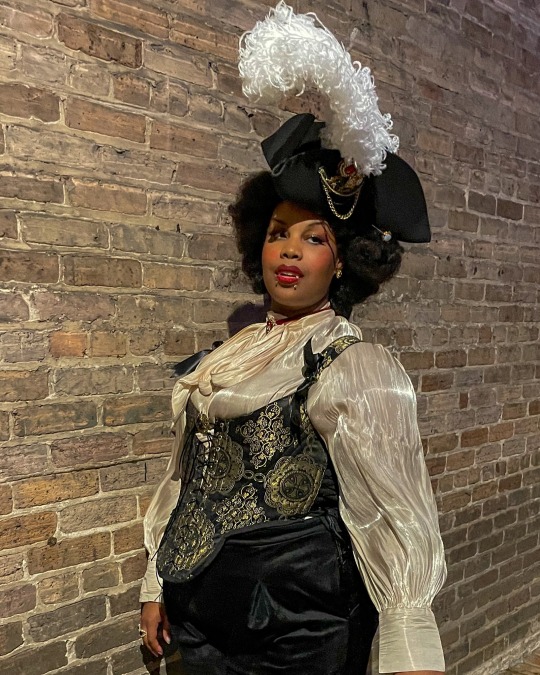

baroque gentle lady | IG
#I’m wearing vampire teeth that’s not popcorn I swear#baroque aesthetic#antique aesthetic#black people in historical costume#historical costuming#georgian era#marie antoinette#gold#dandy aesthetic#dandy#fancy dress#mignonne#2023#vampire aesthetic#black
3K notes
·
View notes
Text
August von Kotzebue was a proshipper, Friedrich Wilhelm Ziegler was fanpol and ‘Menschenhaß und Reue’ was the biggest fandom discourse of the 18th century.
Seems like “redemption arcs are immoral and young women should not read them because it’ll corrupt their innoncent minds” is not the fresh take some people want it to be.
I have no idea what the fuck I’m doing in this library anymore.
#personal#history#literature#baroque era#censorship#the dreaded discourse#some things never change#i love to be a librarian#régenmindenjobbvót
5 notes
·
View notes
Text
game changer stills are often like renaissance paintings to me.

#what era is it actually i know 'renaissance paintings' is a misnomer for this style of art#but i mean it in the internet culture version#is it baroque?#game changer
1K notes
·
View notes